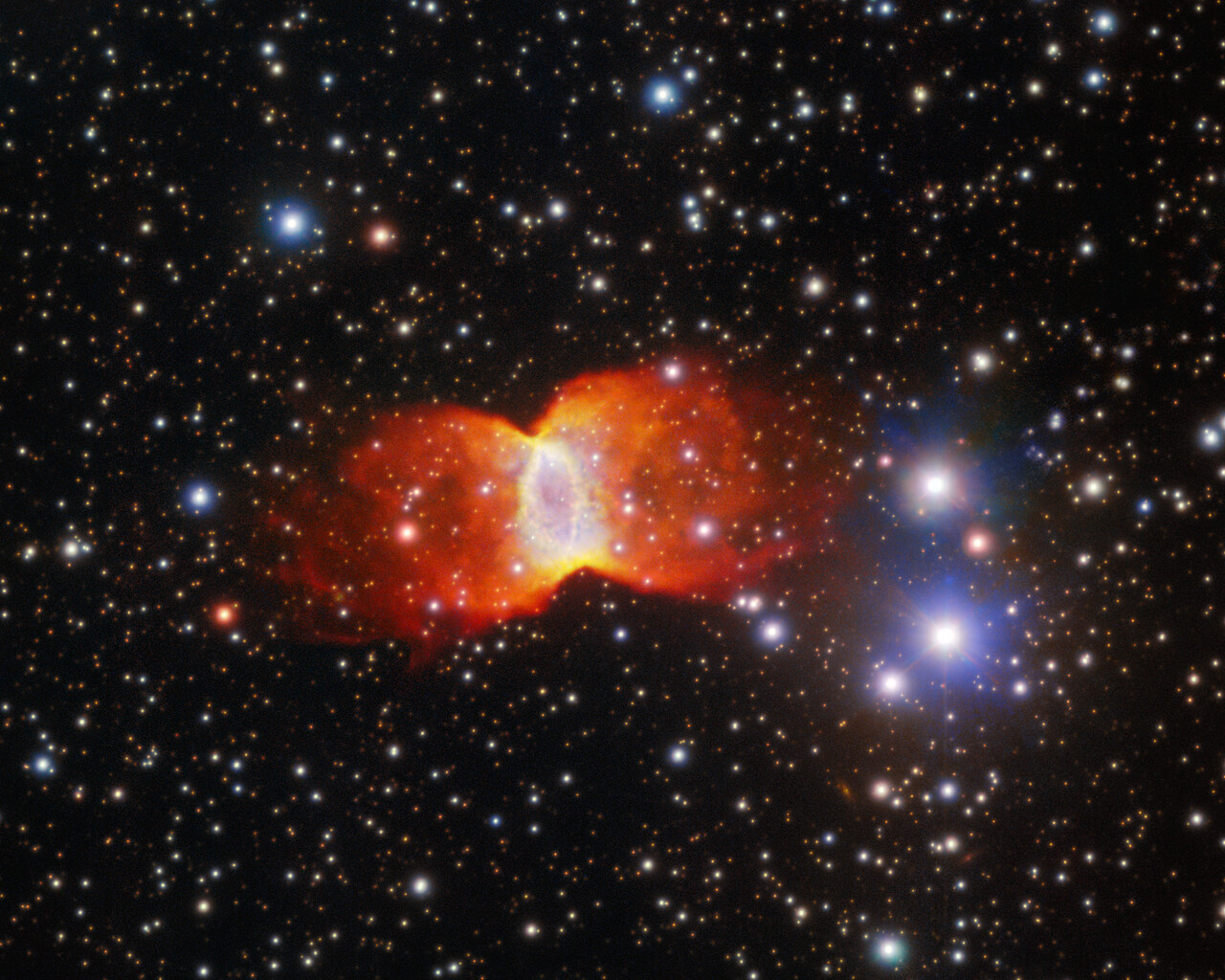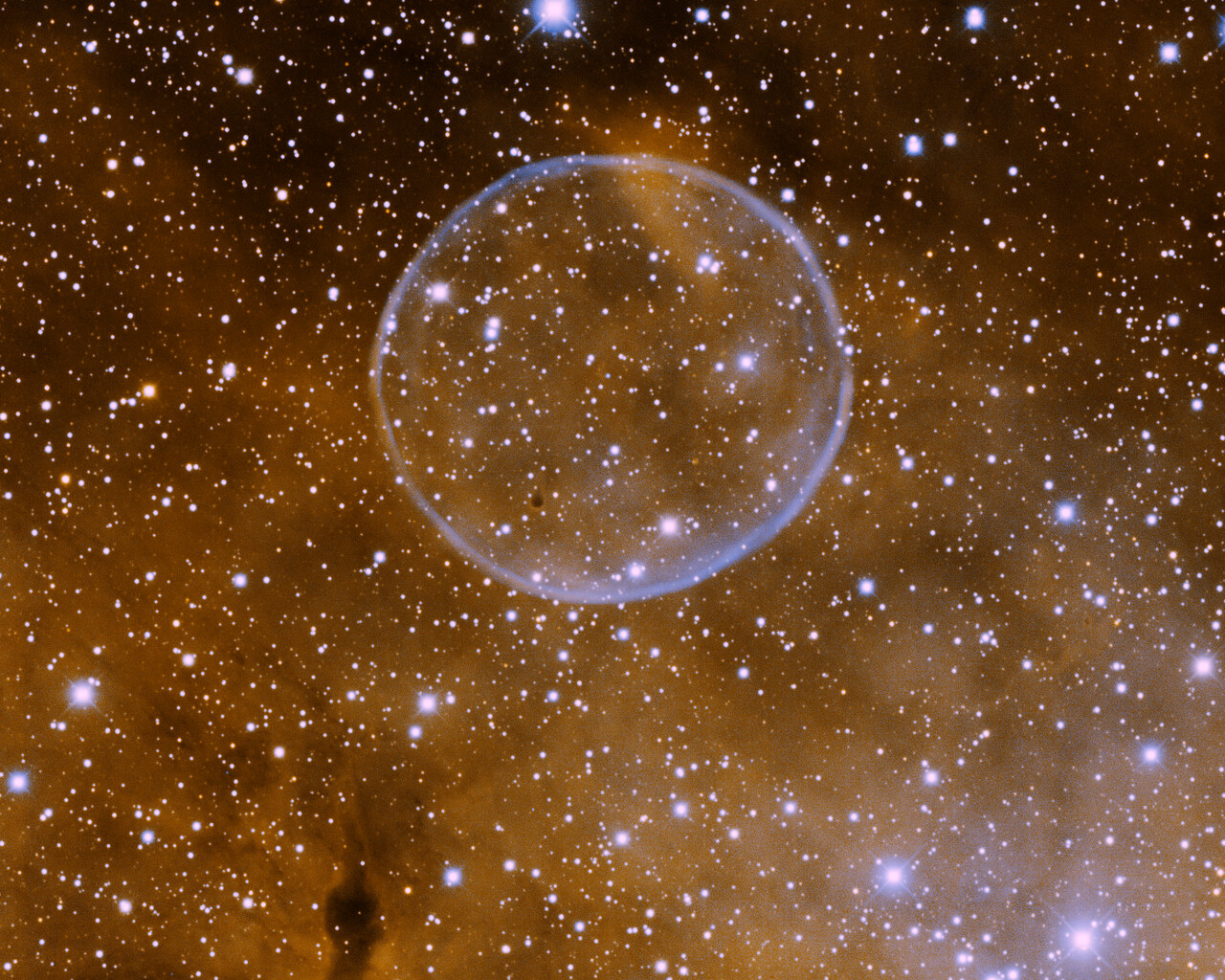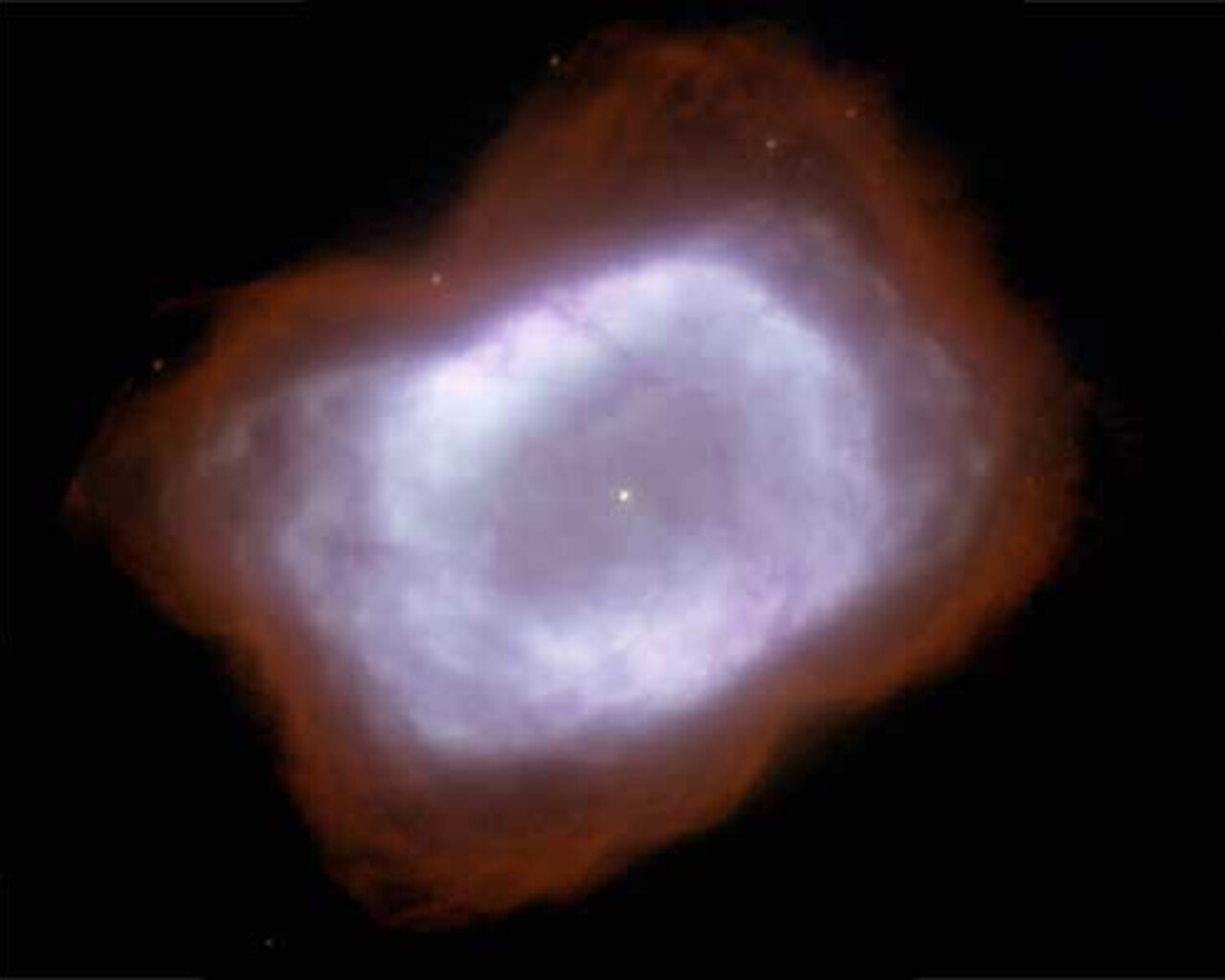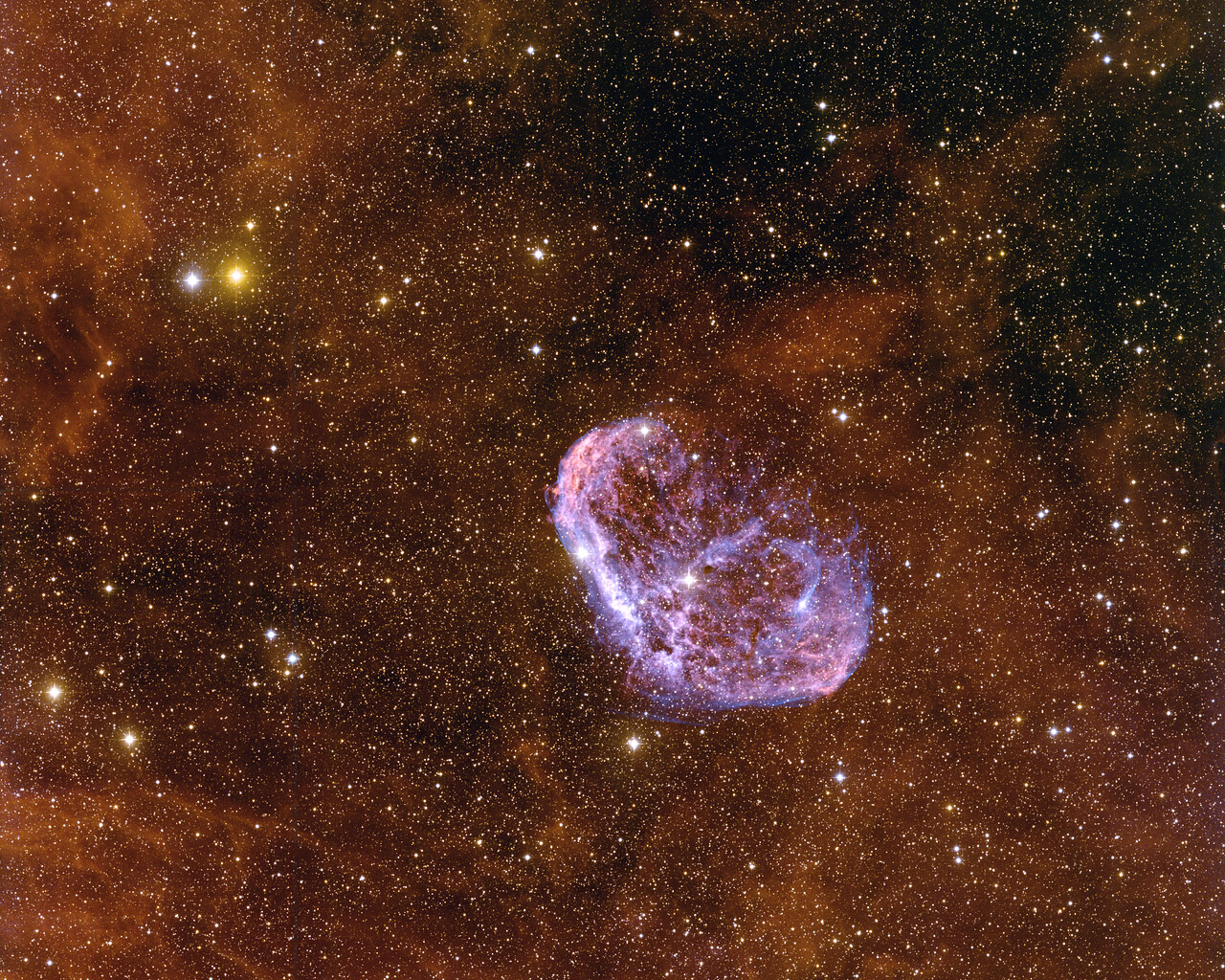Cygnus
Origin
Cygnus is a northern constellation in the plane of the Milky Way. The original Greek constellation was named “Ornithos, The Bird” and it was coined “Cygnus, The Swan” in Latin by interpreting a specific mythological bird, a transformed god.
Cygnus is also known as the Northern Cross.
Bright Stars
There are several bright stars in Cygnus. Alpha Cygni, called Deneb, is the brightest star in Cygnus.
Albireo, designated Beta Cygni, is the second-brightest star in the constellation. Albireo is one of the finest color contrast double stars in the night sky that is easily split and enjoyed in small telescopes.


 Photo of the constellation Cygnus produced by NOIRLab in collaboration with Eckhard Slawik, a German astrophotographer.
The annotations are from a standardized set of 88 western IAU constellations and stick figures from Sky & Telescope. Please find here a non-annotated version of the image.
Photo of the constellation Cygnus produced by NOIRLab in collaboration with Eckhard Slawik, a German astrophotographer.
The annotations are from a standardized set of 88 western IAU constellations and stick figures from Sky & Telescope. Please find here a non-annotated version of the image.
Credit: E. Slawik/NOIRLab/NSF/AURA/M. Zamani
Notable Objects
Cygnus Rift is a dark cloud of gas and dust that obscures light from the stars behind it. The Cygnus Rift is located south of Deneb and about six degrees in diameter.
Messier 39, NGC 7092, is an open cluster 950 light-years from Earth.
NGC 6910, also called the Rocking Horse Cluster.
NGC 7000: The North America Nebula and the Pelican Nebula.
The Veil Nebula, NGC 6960, is part of the Cygnus Loop, a supernova remnant. This supernova remnant is large and several parts of it have been given their own NGC designations including NGC 6960 (The Western Veil), NGC 6979 (Pickering’s Triangle), NGC 6992 (The Eastern Veil), and NGC 6995 (The Bat Nebula).
Cygnus X-1 binary star system that contains a black hole.




















































